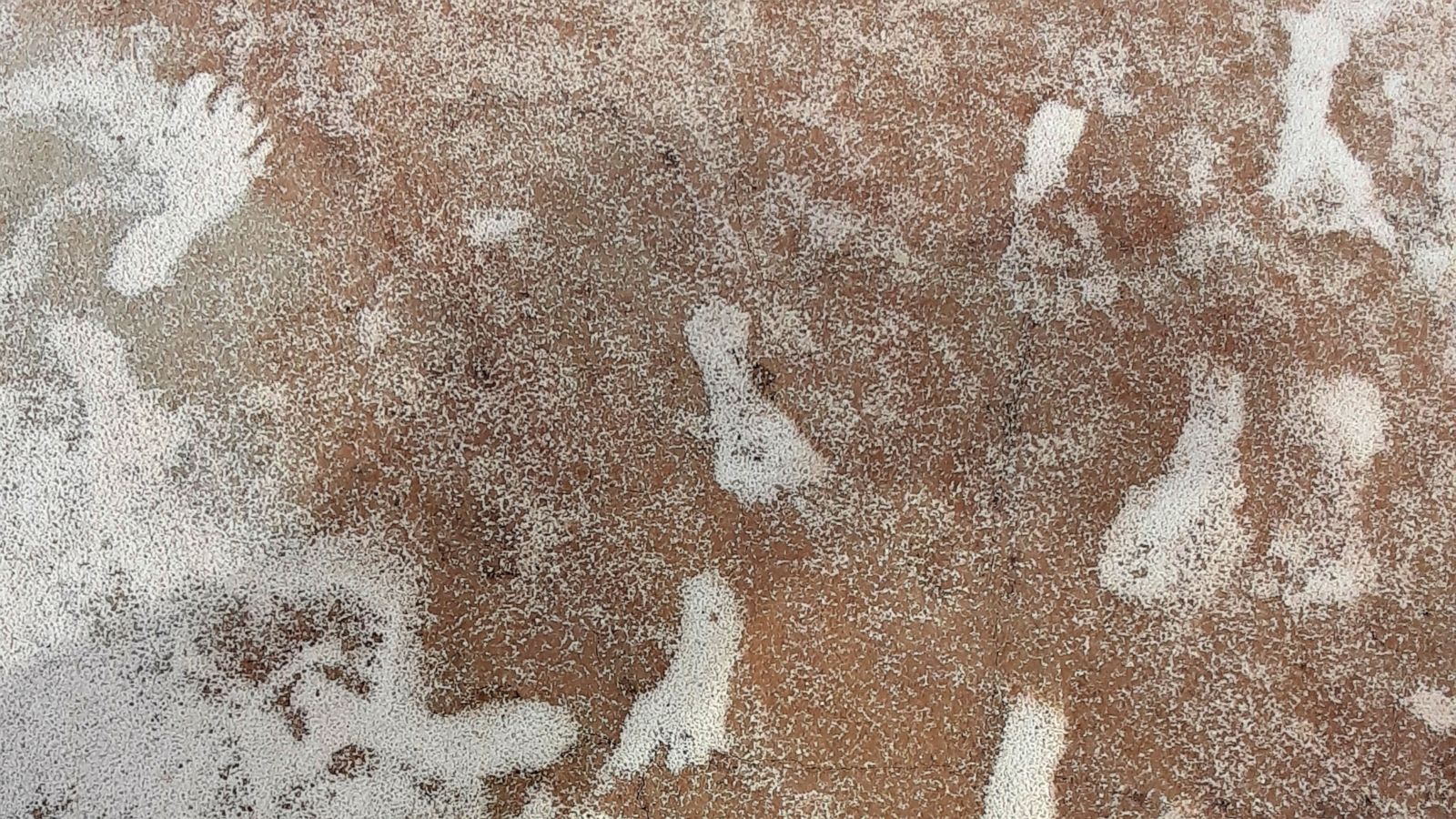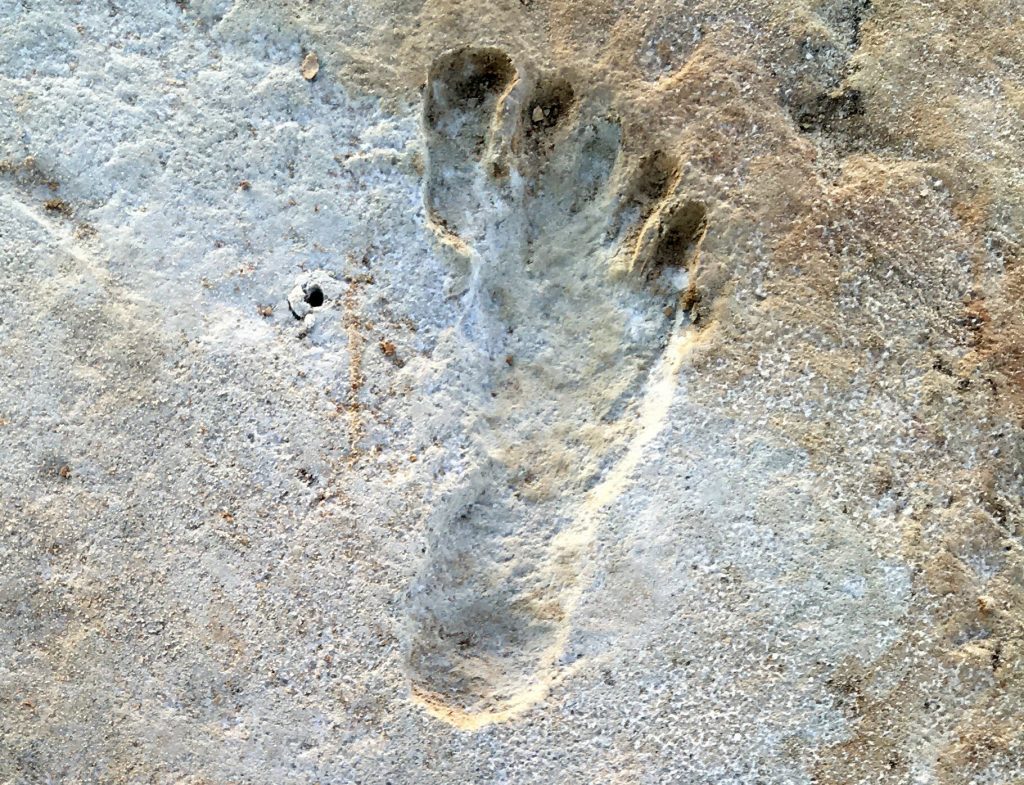
New Mexico footprints are oldest sign of humans in Americas, research shows
New research confirms that fossil human footprints in New Mexico are probably the oldest direct evidence of human presence in the Americas, a finding that upends what many archaeologists thought they knew. The footprints were discovered at the edge of an ancient lakebed in White Sands national park and date back to between 21,000 and 23,000 years ago, according to research published on Thursday in the journal Science. The estimated age of the footprints was first reported in Science in 2021, but some researchers raised concerns about the dates. Questions focused on whether seeds of aquatic plants used for the original dating may have absorbed ancient carbon from the lake – which could, in theory, throw off radiocarbon dating by thousands of years.

The new study presents two additional lines of evidence for the older date range. It uses two entirely different materials found at the site, ancient conifer pollen and quartz grains. The reported age of the footprints challenges the once-conventional wisdom that humans didn’t reach the Americas until a few thousand years before rising sea levels covered the Bering land bridge between Russia and Alaska, perhaps about 15,000 years ago. “This is a subject that’s always been controversial because it’s so significant — it’s about how we understand the last chapter of the peopling of the world,” said Thomas Urban, an archaeological scientist at Cornell University, who was involved in the 2021 study but not the new one. Erlend Bore poses with the gold treasure he discovered with a metal detector on the island of Rennesoey in Stavanger, Norway, Thursday Sept. 7, 2023. Bore found nine pendants, three rings and 10 gold pearls on a southern island in what was described as the gold find of the century in Norway. (Anniken Celine Berger/Archaeological Museum, UiS via NTB via AP) WORLD & NATION
Ancient footprints of any kind — left by humans or megafauna like big cats and dire wolves — can provide archaeologists with a snapshot of a moment in time, recording how people or animals walked or limped along and whether they crossed paths. Animal footprints have also been found at White Sands. While other archaeological sites in the Americas point to similar date ranges — including pendants carved from giant ground sloth remains in Brazil — scientists still question whether such materials really indicate human presence. “White Sands is unique because there’s no question these footprints were left by people. It’s not ambiguous,” said Jennifer Raff, an anthropological geneticist at the University of Kansas, who was not involved in the study.

The dates in the 2021 study relied on analysis of seeds from ruppia, an aquatic grass. Some scientists raised concerns that a phenomenon called the reservoir effect could result in murky radiocarbon results for the aquatic plants. So for the latest study, the team turned to carbon isotope analysis of ancient pollen from terrestrial plants, extracting nearly 75,000 pollen grains from many pounds of sand from layers interspersed with the trackways at the New Mexico site.
The nearly yearlong process revealed pollen from a verdant landscape when cooler temperatures prevailed, as would be expected during the Last Glacial Maximum. Fir, spruce, pine and sagebrush abounded. The largest of these pollen grains, mostly pine, was subjected to carbon analysis at Lawrence Livermore National Laboratory. The team also worked on determining the date of a layer of the White Sands sediments using a method known as optically stimulated luminescence that, in essence, reveals how long quartz sand has sat beneath the surface. “We’ve got seed ages, we’ve got pollen ages, we’ve got luminescence ages — they all converge,” said Jeff Pigati, also a geologist at the geological survey and a study co-author. “They all agree, and it’s really tough to argue against that.” Many outside scientists not associated with the work agree. “It’s kind of a master class in how you execute scientific responses to criticism,” said Edward Jolie, an archaeologist at the University of Arizona. Dr. Jolie, who is affiliated with the Oglala Lakota and the Hodulgee Muscogee, also notes the excitement these finds have for Native people. “It’s another one of those ‘we told you so,’” he said. “A lot of natives have said we’ve always been here.”
Still, some scientists are not convinced. “We just have to acknowledge that none of these approaches are perfect,” said Loren Davis, an archaeologist at Oregon State University. Among his concerns is that only one sediment layer was dated using optically stimulated luminescence. The method can lack precision as it requires making challenging estimates about factors such as the sample’s moistness since deposition. More luminescence dates from layers of sediment throughout the track layers are vital for confirmation, he said.
